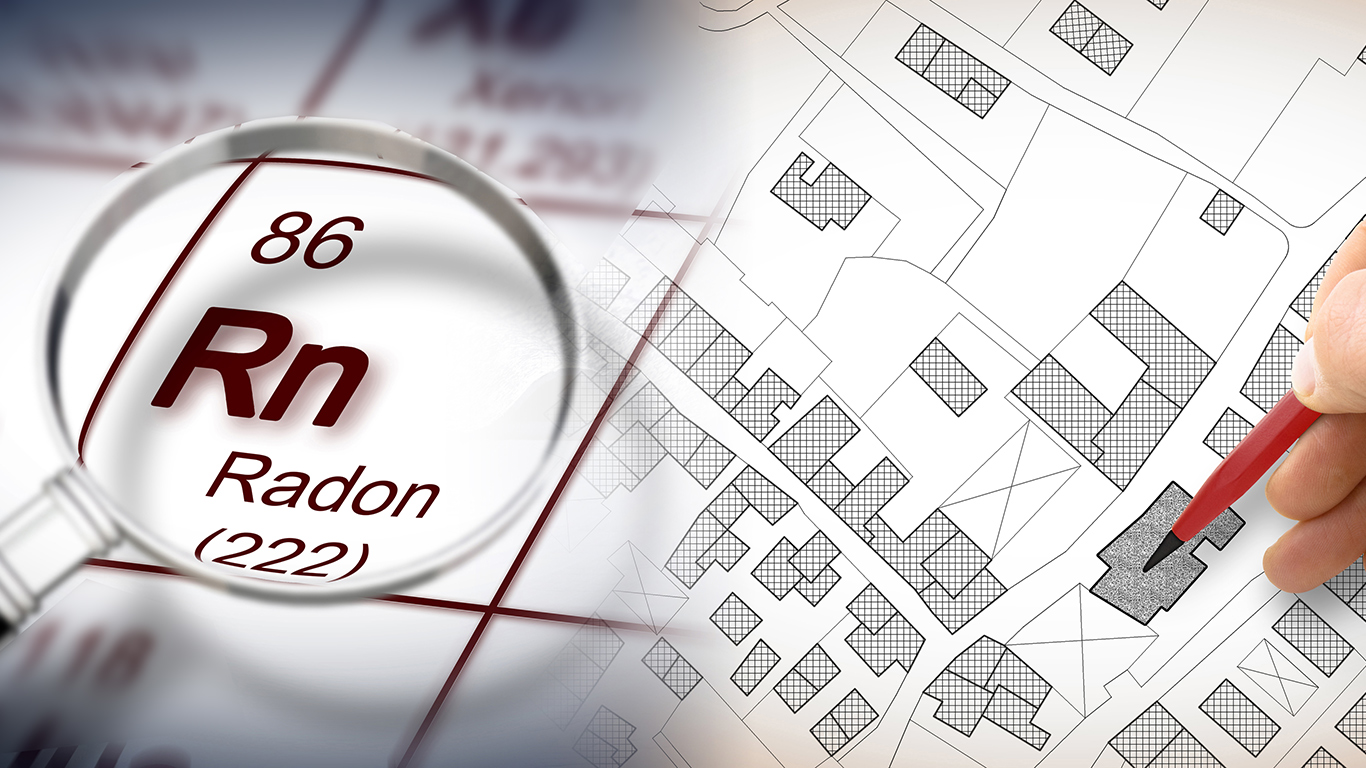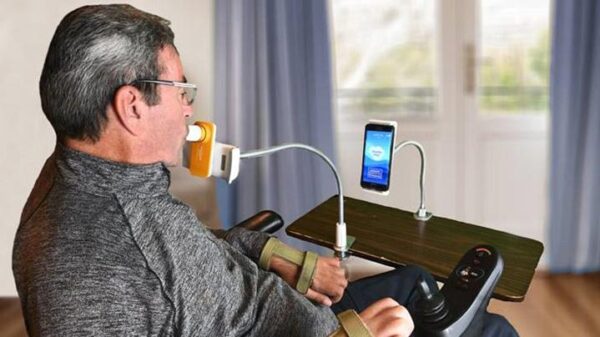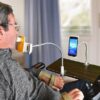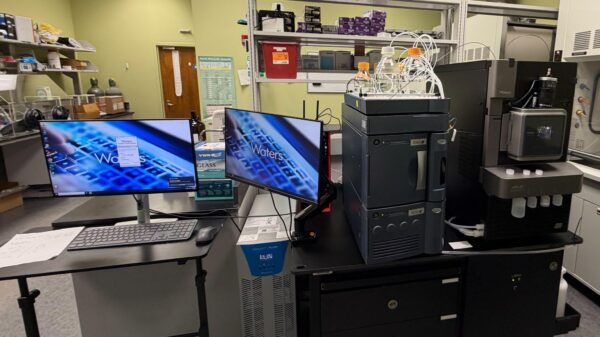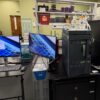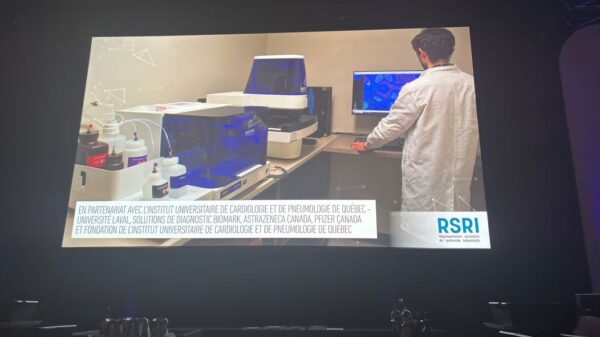New research showing that a history of radon gas exposure can be proven by examining a person’s toenail clippings has prompted a much larger study throughout Canada. Higher levels of the radioactive isotope lead-210 stored within them have been directly linked to elevated radon levels in the home.
An initial proof of concept study, documented in the peer-reviewed journal Environment International on Oct. 7, examined 40 toenail samples from participants in homes with varying levels of radon. Now, with an unspecified amount of financial backing from the Canadian Cancer Society, the latest nationwide analysis is aiming to examine 10,000.
Canada is a nation with one of the highest levels of radon in the world because of its rich uranium resources. It is the second leading cause of lung cancer behind smoking.
“Toenails are a very good biological archive of long-term exposure,” said lead investigator and Cumming School of Medicine professor, Dr. Aaron Goodarzi.
Goodarzi and his fellow researchers have been examining toenail trimmings with a method known as isotope dilution mass spectrometry.
“So in the lab, we take the toenails, we melt them down, dissolve them and then we run them through an instrument called a mass spectrometer,” University of Calgary physics professor, Dr. Michael Wieser, told the CBC.
“It uses plasma to break down the sample, and then we can measure the isotopic composition of the lead that’s in there,” he added. “That allows us to see if there’s radioactive lead that has come from radon decay.”
Those providing samples for the newly launched, more extensive initiative will be required to submit four months worth of toenail clippings. Ultimately, the researchers aim to make toenail testing a widely used and convenient means of predicting lung cancer risk. It would add to the repertoire of screening modalities.
Breath testing devices that also utilize mass spectrometry, such as the OneBreath system from Breath Diagnostics, have been gaining steam as well.
“Participants [in the University of Calgary-led study] must complete a 120-day radon test, complete three online surveys, and submit 120 days’ worth of toenail clippings,” the Evict Radon National Study organizers specified.
“These clippings are analyzed for the presence of radon decay products, offering insight into long-term radon exposure for individuals in a way that we hope will be helpful for future exposure assessment and lung cancer screening.”
Read more: Breath Diagnostics adopts state-of-the-art mass spectrometer device for lung screening
Follow Rowan Dunne on LinkedIn
rowan@mugglehead.com

